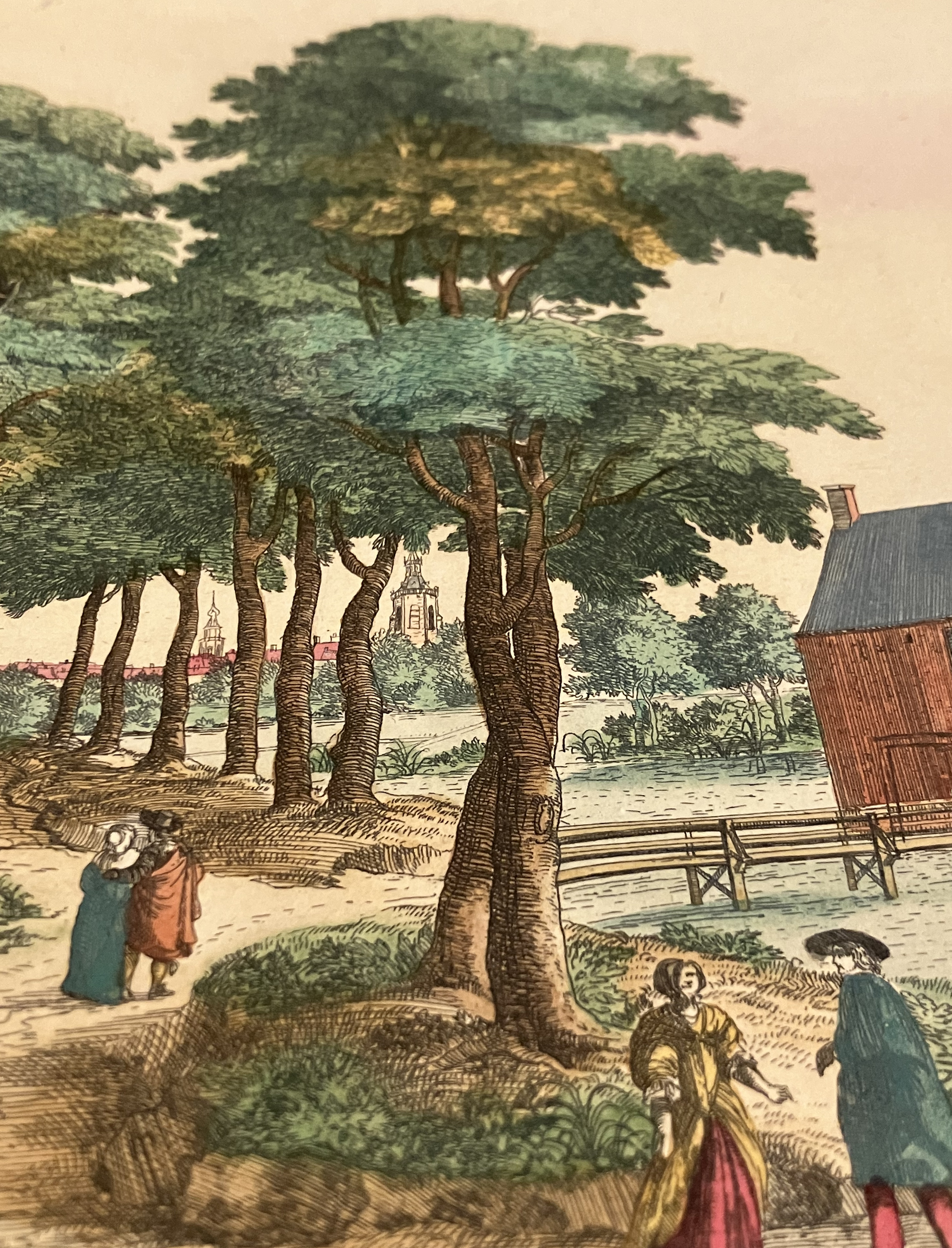UNCERTANTIES
2023
Images, photographs, text.
︎︎︎DEADLINE archive
Open the Facts Circle, a Series of Uncertainties
2023
Text
A Plague Wants to Spread
The American chestnut was the dominant species in the southern United States. It was wiped out in 40 years by a plague imported with the Asian chestnut trees in 1904 to New York City.
Since its first discovery at the Bronx Zoo, the plague killed around 4 billion trees in 40 years, transforming the landscape, ecosystem, and social relationships.
The extinction also ended the existence of several species of insects and animals that lived and fed on chestnuts.
The space once occupied by chestnuts has slowly and persistently been taken over by other species such as white oak and red oak.
Like a Piece of Pie
In rural Virginia, the trunks of American chestnuts were cut into two or four pieces, shaped like a "pie." Due to their lightness and durable wood, they were used for fences and were placed on the stone walls that divided and delimited the land.
The trunks protected the legs of the horses that could jump over the mounds.
Virginia has a history of horsemen, fox hunting, and human slavery. Cotton or tobacco was grown in fields with slave labor.
At the end of the Civil War (1865), approximately 4 million slaves were freed.
Most of the productive fields ceased production, and the owners, accustomed to a slavery-based economy, sold their land.
Institutional Uncertainty
There are some chestnut trees that still grow in the forests, but when they reach a certain maturity, the fungus colonizes them and kills them.
Various human organizations are experimenting with the recovery of chestnut trees. The American Chestnut Society managed to generate a genetically modified version of 90% American chestnut and 10% Japanese chestnut. These species gave positive results against the fungus, and afforestation work has begun.
Perhaps the American chestnut is also strategizing for its resurgence, testing with each bud how to defeat its killer.
Vertical Uncertainty
Copper is one of the best conductors of electricity (second only to silver). Thanks to its high electrical conductivity, ductility, and malleability, it is the most widely used material for the manufacture of electrical cables and other electrical elements.
It was one of the first metals to be used by humans in prehistoric times.
Copper and its alloys are used to make objects as diverse as coins, bells, and cannons.
Copper plays an important biological role in the photosynthesis process of plants and contributes to the formation of red blood cells, the maintenance of blood vessels, nerves, the immune system, and bones, making it essential for human life.
Deadline Uncertainty
The installation is made up of a series of 34 sculptures constructed of eroded chestnut trunks, copper wire, and iron rods.
The installation proposes two encounters: from afar, the observer sees a straight line 75 feet long that creates a vertical grid facing the Blue Ridge Mountains.
At the edge of the sidewalk, a small path invites the visitor to get closer to the work, eventually discovering an undulating path and a tour through the sculptures.
A line for the eye. A movement for the body. A construction of the landscape.
Chestnut / Oak Spring Garden Foundation, June 2023
 Fences at Little Oak Spring, Upperville, Virginia, 2023
Fences at Little Oak Spring, Upperville, Virginia, 2023 Chestnut forest around 1900
Chestnut forest around 1900 American Chestnut, 1909, 1910, 1911
American Chestnut, 1909, 1910, 1911

 Slaves cotton pickers and foreman on horse about 1850
Slaves cotton pickers and foreman on horse about 1850 Plaque in Fletcher Cemetery, Little Oak Spring, Upperville, Virginia, 2023
Plaque in Fletcher Cemetery, Little Oak Spring, Upperville, Virginia, 2023 Chestnuts log fencing on rock piles at Rockeby road, Upperville, Virginia, 2023
Chestnuts log fencing on rock piles at Rockeby road, Upperville, Virginia, 2023
Chestnuts, New York City, 2023